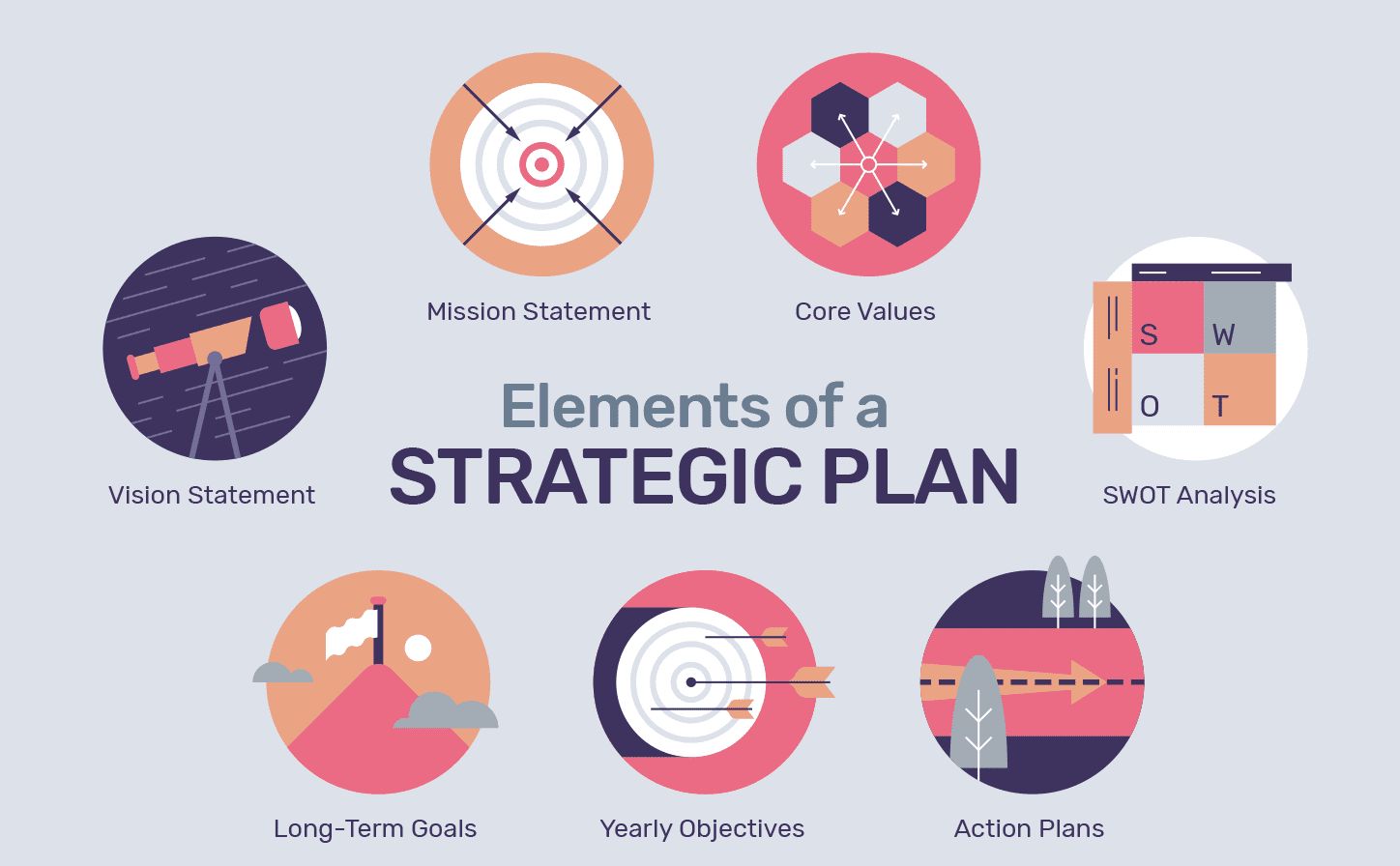
16 Jun LOOKING AHEAD: STRATEGIC PLANNING IN BRIEF
Tactical planning has long been a cornerstone of successful business management. However, as the world becomes increasingly interconnected, dynamic, and complex, traditional approaches to the practice may no longer suffice. The future of strategic planning and initiatives will (at least the way we see it) require organizations to embrace agility, leverage technology, and adapt to an ever-changing business landscape. What say we give you a quick 20,000 foot view of where things may be going?
Immediately, it bears noting that in a rapidly changing world, organizations must be prepared to navigate uncertainty and volatility. The future of strategic planning and initiatives will therefore require businesses to be more agile, adapting their strategies and goals to accommodate shifting market conditions, emerging trends, and unforeseen challenges. Perhaps they’ll take a more iterative planning approach, continually revisiting and adjusting strategic plans to ensure their continued relevance and effectiveness.
However, to thrive in an uncertain business environment, organizations must also cultivate a culture of adaptability as well. That means encouraging open-mindedness, embracing change, and fostering an entrepreneurial spirit among employees. By empowering employees to experiment, innovate, and adapt, businesses can harness the collective creativity and resilience of their workforce to navigate change and seize emerging opportunities.
Big data and advanced analytics will also play an outsized role here too. By harnessing the power of information, organizations can gain insights into customer preferences, market trends, and competitor behavior, enabling them to make more informed strategic decisions. Advanced analytics tools, such as machine learning and artificial intelligence, can help organizations uncover patterns and relationships within data, empowering them to predict future trends and identify potential opportunities or threats.
All that being said, cloud-based platforms and collaborative tools will additionally play a critical role in the future of strategic planning and initiatives. These technologies enable organizations to streamline the planning process, facilitate real-time collaboration, and ensure that all stakeholders have access to the latest information and insights. By leveraging these tools, businesses can improve the efficiency and effectiveness of their strategic planning efforts, fostering greater alignment and buy-in among team members.
Of course, as companies become more interconnected and global in scope, strategic planning efforts must adapt to address the challenges and opportunities presented by globalization. For example, they should be considering geopolitical risks, such as trade disputes, regulatory changes, or currency fluctuations, when developing strategies and setting goals. By incorporating a global perspective into their planning efforts, organizations can better anticipate and mitigate potential risks while capitalizing on emerging opportunities.
The growing importance of environmental, social, and governance (ESG) factors in the business world will also leave a mark on the future of strategic planning and initiatives. Organizations need to consider the potential impact of their strategies and operations on the environment, society, and corporate governance, and develop plans that reflect their commitment to responsible and sustainable business practices. By integrating ESG considerations into their strategic planning efforts, businesses can not only mitigate risks and enhance their reputations but also unlock new growth opportunities and drive long-term value creation.



